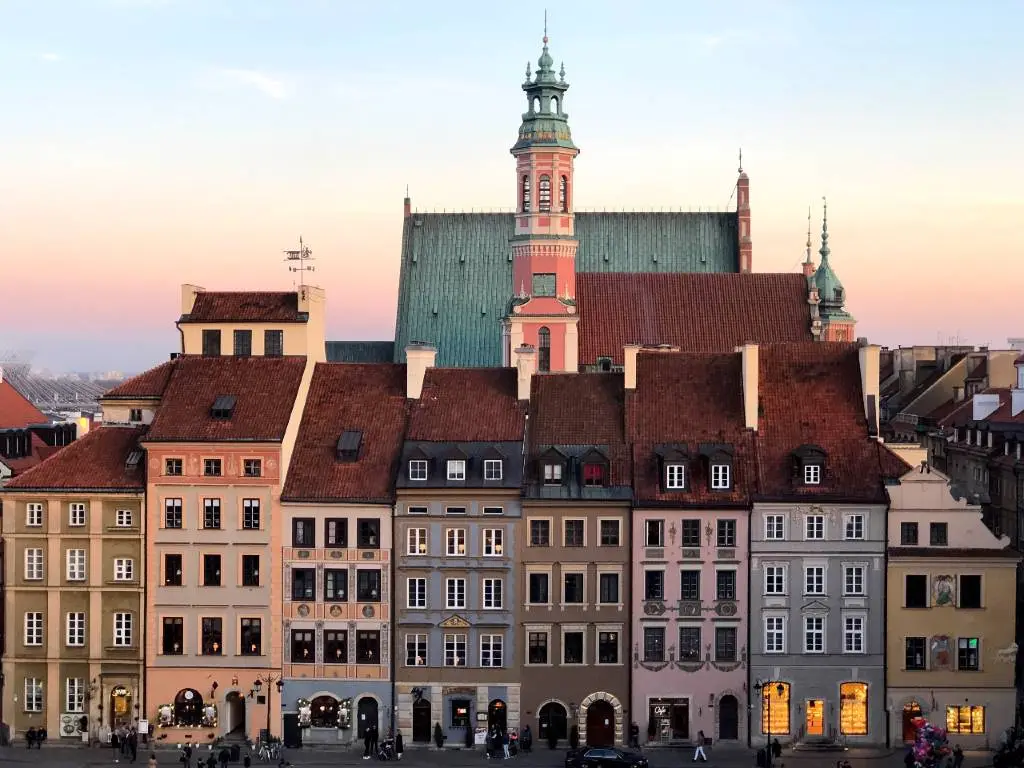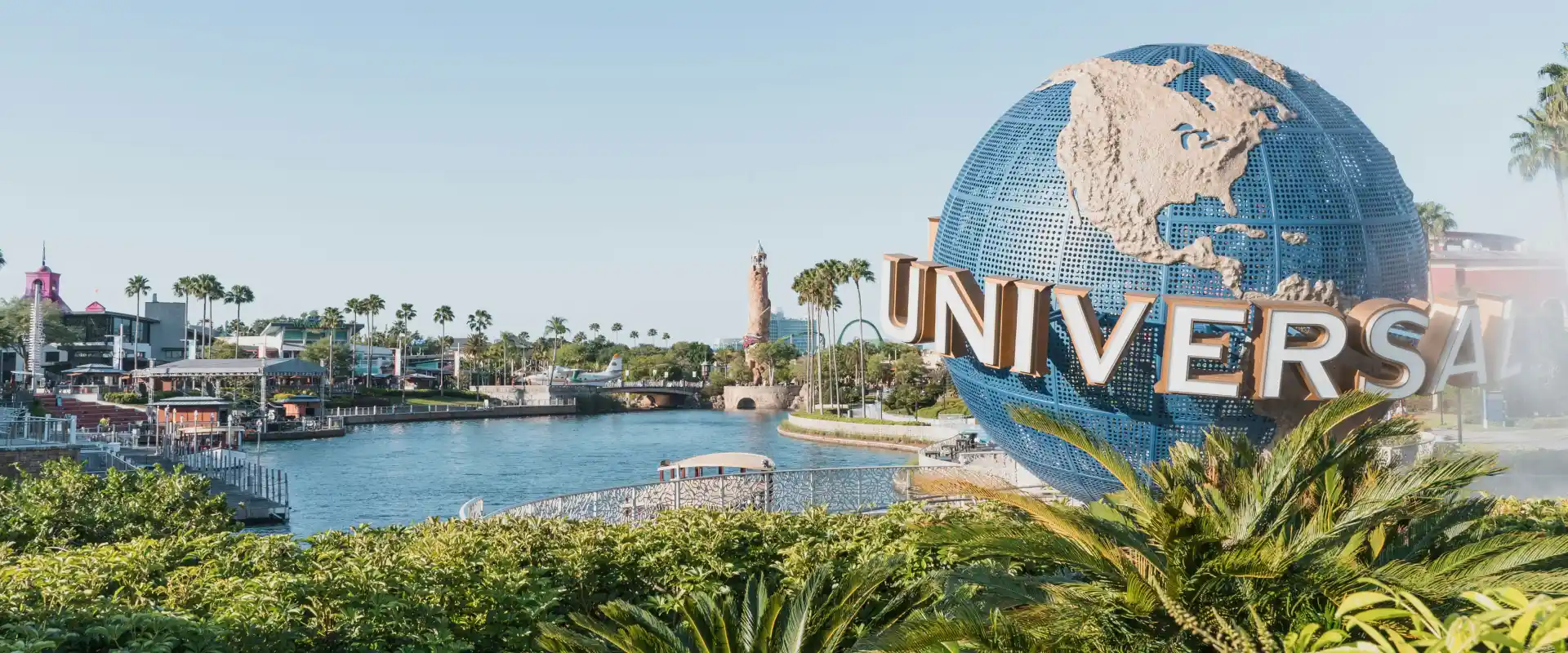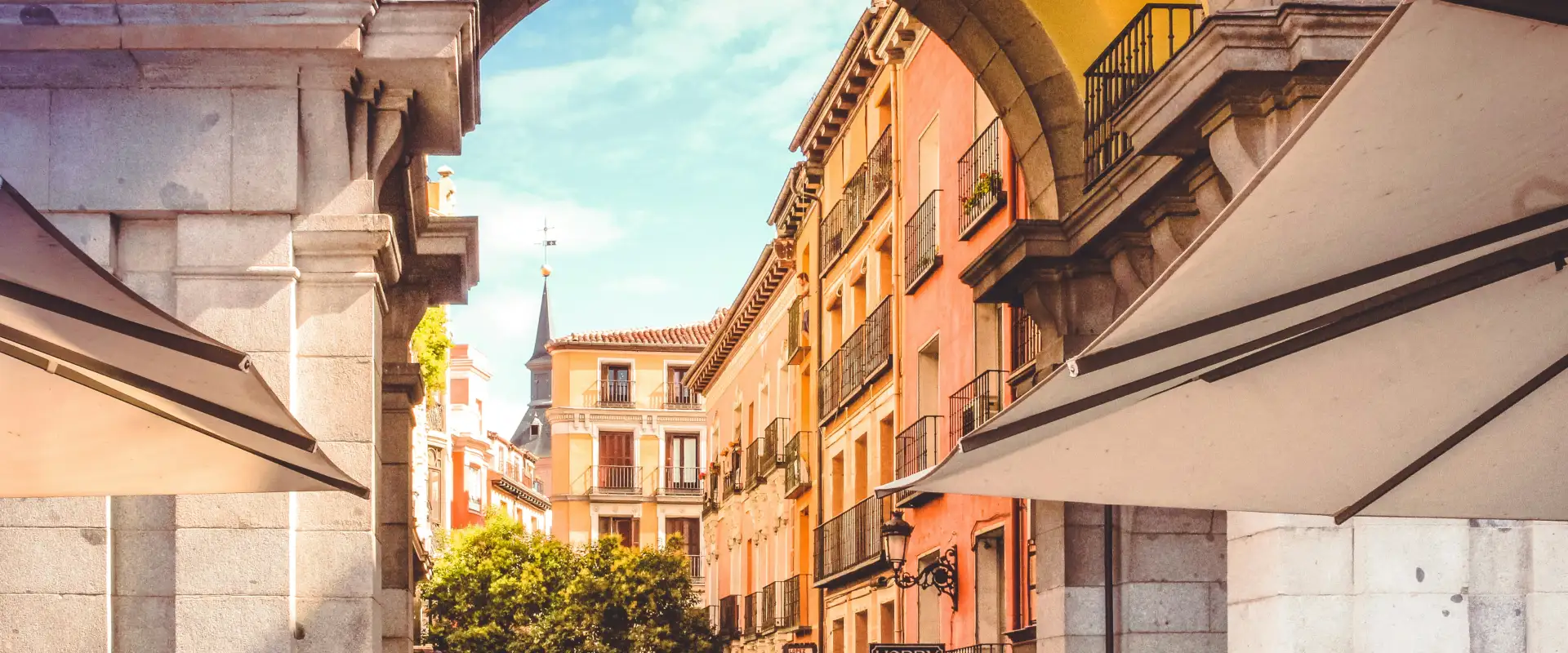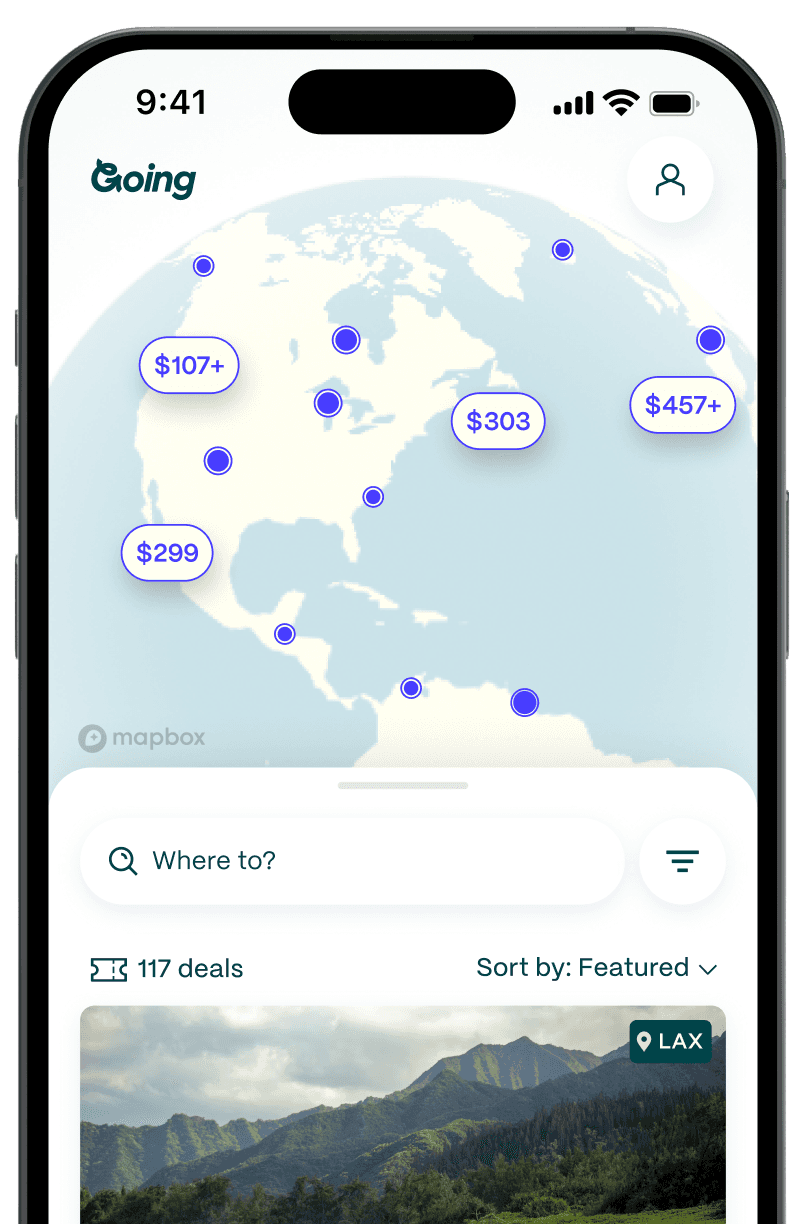
Warsaw: The European Capital That Was Rebuilt From Scratch
A charming Old Town (complete with a quintessential cafe-lined main square), gilded castles, and a picture-perfect city park make a visit to Warsaw feel like a fairytale. But peel back the layers of Poland’s capital and largest city and you’ll discover a fascinating history illuminated in the city’s informative museums. Poland has come a long way since the fall of the iron curtain, and Warsaw has become one of Europe’s most dynamic (and budget-friendly) capital cities, with vibrant food halls, new luxury hotels, and interactive museums.
A museum that tells the story of the city
The first stop for every visitor to Warsaw should be the Museum of Warsaw, located inside a town house in Old Town. The small museum takes you through the history of the city through a collection of 7,000 objects, from the Middle Ages to World War II and the Holocaust to the fall of the Berlin Wall and beyond.
While some of the objects are monumental, like a 16th-century royal robe or a collection of gargoyles and building shards found in the rubble after German bombs flattened the city in 1944, it’s the everyday objects like shoes, dishes, family keepsakes, and cigarette cases that illuminate the rich—and tragic—history of Warsaw. There are also infographics, photos, and temporary exhibits at this small museum in Old Town.
To learn more about the history of the city, visitors should spend an afternoon at POLIN, the Museum of the History of Polish Jews. The museum—which has been at the center of recent controversy after the museum director was fired for failing to conform to the right-wing party’s official narrative—aims to shed light on the stories of Polish Jews. Located in the former Warsaw Ghetto, the museum is right next to the Monument to the Ghetto Heroes, commemorating the Warsaw Ghetto Uprising of 1943.

A (new) Old Town
Warsaw’s picturesque Old Town is a must-see, but it’s not actually so old. During World War II in August 1944, the Old Town was almost completely decimated by Hitler’s forces, with more than 85% of the city left in ruins. But in the aftermath of the war from 1945 through the mid-60s, it was completely rebuilt in its original style and is now a UNESCO World Heritage site filled with cafes, shops, museums, and more.
The 15th-century Royal Castle, which was also rebuilt after being bombed by the Nazis, is open to the public with rooms full of 18th-century furniture and art. Bibliophiles will enjoy a visit the tiny Museum of Literature, and vintage lovers will want to check out the Lapidarium Antyki, where you can spend hours shopping for antique coins, jewelry, art, and other collectibles.
After a long day spent exploring, make time for a crisp piwo (beer) at one of the cafes in the main square surrounding the famous mermaid statue, symbolizing the siren that first appeared on Warsaw’s coat of arms in the 1300s (some legends say she’s the sister of Copenhagen’s famous mermaid). If you’re hungry, sit down for a meal at U Fukiera, serving traditional Polish food like herring, pierogies, and pork chops.
Polish food that goes beyond pierogies
The heavy meat-centric dishes that Poland is known for (like bigos, a sauerkraut-based stew made with a smorgasbord of meats, or kotlet miolony, a breaded and fried meatball traditionally served with boiled potatoes) might not be every traveler’s cup of tea, and if you fall in this camp, you’ll be happy to hear that the city is experiencing a foodie renaissance.
New and inventive restaurants in Warsaw like Alewino (known for their selection of interesting wines and Polish-inflected continental dishes like steak tartare with mushrooms and horseradish or a beetroot and kale salad with labneh) and Nolita (known for their tasting menu of delicately concocted dishes made with ingredients like waygu beef, caviar, and truffle) have gotten the Michelin nod, while casual spots like Maka i Woda serve unbelievably delicious Neapolitan-style pizza in an unpretentious setting.
To sample some of the city’s hip multicultural restaurants, visit Koszyki Food Hall, with more than two dozen restaurants where you can feast on tapas, sushi, dim sum, gelato, or upscale modern Polish cuisine (like beet carpaccio or vegetarian cabbage rolls) at Moth.

A riverside reimagined
Warsaw can be gloomy and overcast even in the summer, but if you’re lucky enough to visit during a sunny day, make your way to the river. The nearly three-mile-long promenade along the Vistula River is full of sunbathing (and some swimming) opportunities at parks, restaurants, and docks along the way.
Stop for a drink at one of the floating bar barges like Przystań Nowa Fala, or ponder the thought-provoking exhibits at the Museum of Contemporary Art. If you’re traveling with kids (or the young at heart), make sure to visit the interactive Copernicus Science Center, home to a museum, planetarium, and workshops.
Visit Polish Versailles
The baroque Museum of King Jan III's Palace at Wilanów is an incredible display of art, architecture, and decor just six miles from downtown Warsaw. The elaborate palace dates back to the late 1600s when it was built for King Jan III Sobieski as a bucolic escape complete with a royal zoo. It became a private museum in the 1800s and remained open to the public until it became property of the state after World War II.
After extensive renovations, the palace is now a colorful and opulent museum. Inside, you can stroll through the over-the-top rooms and outside, you can wander around the meticulously groomed gardens.

A Stalinist-era ode to culture
At the center of Warsaw, there’s one building you can’t miss: the Palace of Culture and Science. At 778 feet tall, it’s the second-tallest building in Poland.
The massive structure has a controversial history. Opened in 1955, the building was a gift to Poland from Josef Stalin (its original official name was Joseph Stalin's Palace of Culture and Science) but is now home to theaters, bars, art galleries, concert venues, and the museum of technology. Visitors can take an elevator up to the observation deck on the 30th floor or join a 45-minute tour that explains the (possibly haunted) story of this fascinating building that’s been host to foreign dignitaries, fashion shows, balls, congressional hearings, and sadly more than a few deaths during and after construction.

One of Europe’s most beautiful city parks
A short tram ride from Old Town, Łazienki Park is a 188-acre park in one of the city’s prettiest neighborhoods. Paths throughout the park (which was once a private playground for a 17th-century nobleman) lead visitors to palaces, follies, cafes, amphitheaters, and themed gardens like the Chinese garden and pagoda or the Greek Temple of Diana.
The Palace on the Isle, which was once a baroque bathhouse, is one of the park’s main attractions, as well as multiple cafes, royal stables, monuments, live music venues, and more. You could easily spend a full day here, topped off with a luxurious late afternoon lunch at Belvedere, a gorgeous fine-dining restaurant in a greenhouse.
Affordable luxury
Poland is one of the most budget-friendly capital cities in Europe, where you can feast at the city’s finest restaurants for under $100 per person. The city is also home to some gorgeous new hotels, including the minimalist-chic Nobu. It might be the world’s most affordable Nobu restaurant, where the omakase tasting menu is $115 (compared to $225 in New York City).
Warsaw is also home to one of Europe’s most affordable Raffles Hotel, which opened in 2018 after extensive renovations of the 19th-century Europejski Hotel. The sumptuous rooms—which would easily go for thousands in a city like Paris or London—often cost under $300/night. Even if you’re not staying there, it’s worth a trip to the elegant bar for a perfectly crafted cocktail.
Join Going and get cheap flights delivered right to your inbox. Only have a short time? See our layover guide to Warsaw.
Read about more destinations in Europe or see Going's cheap flights to Warsaw:
Last updated January 9, 2024









